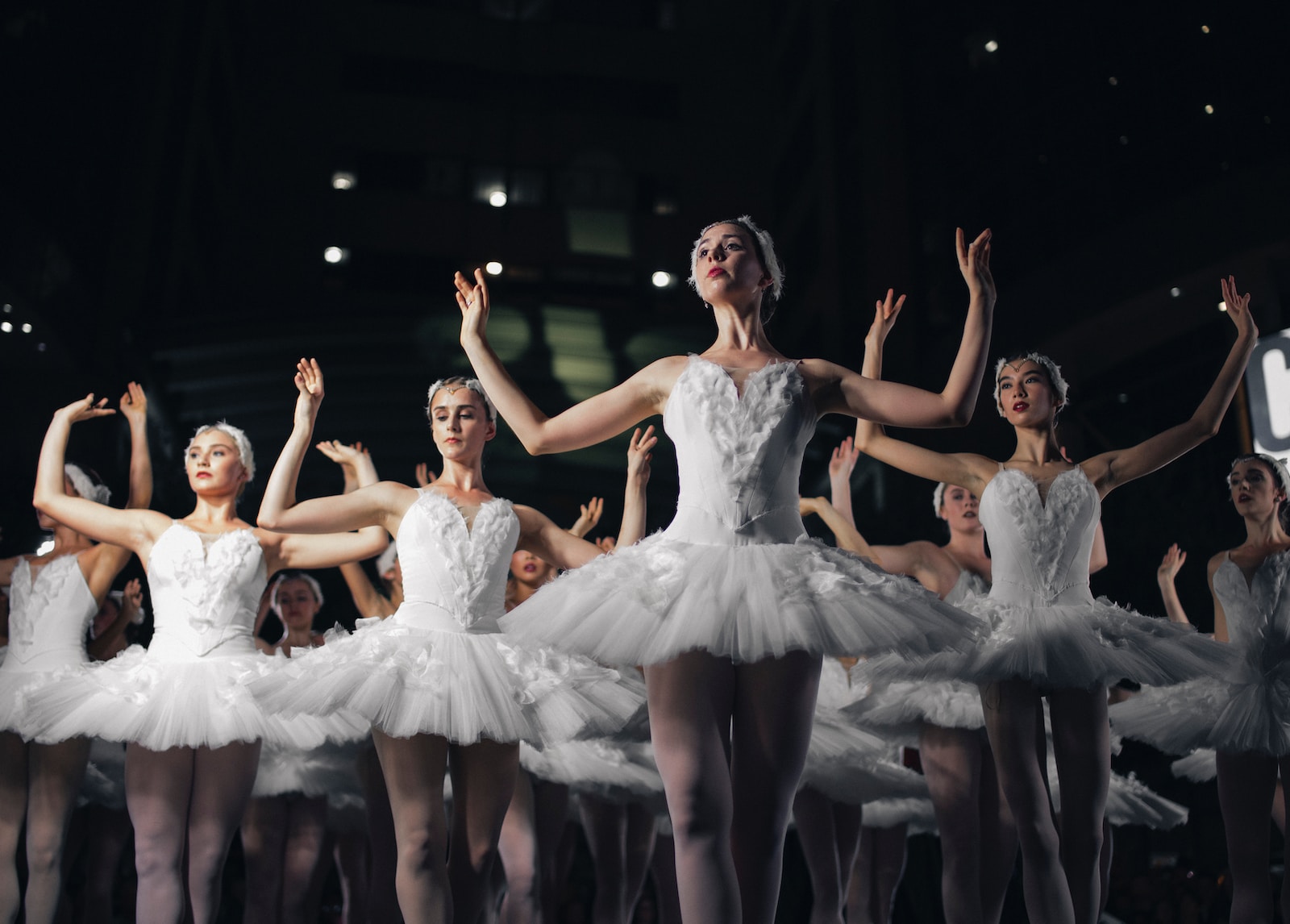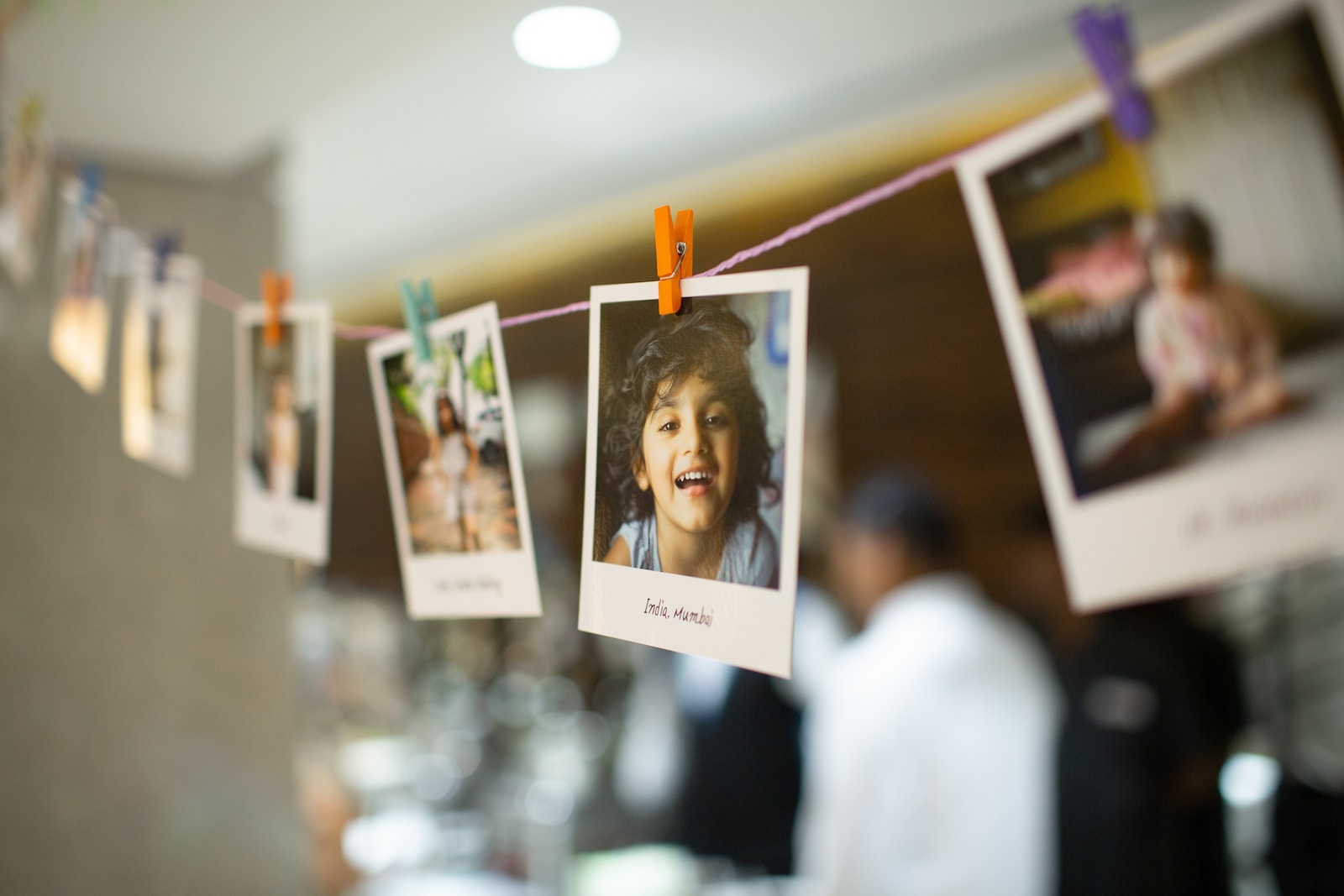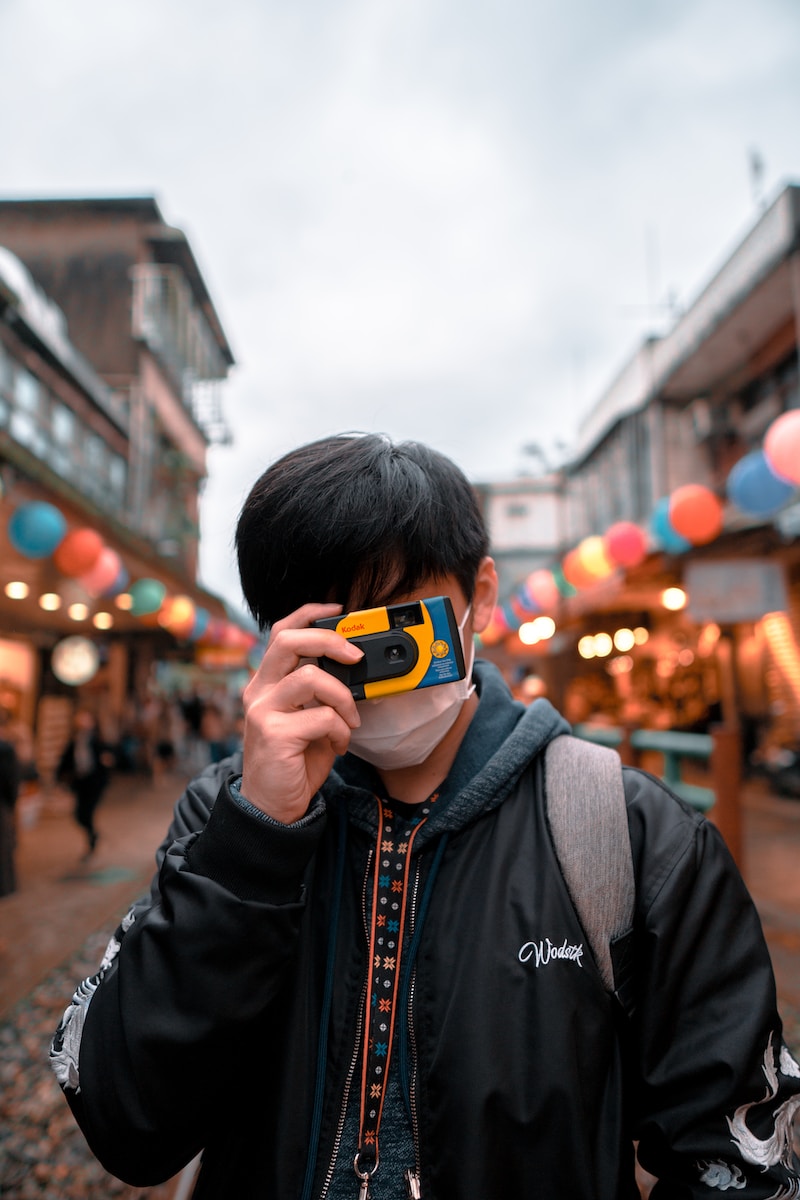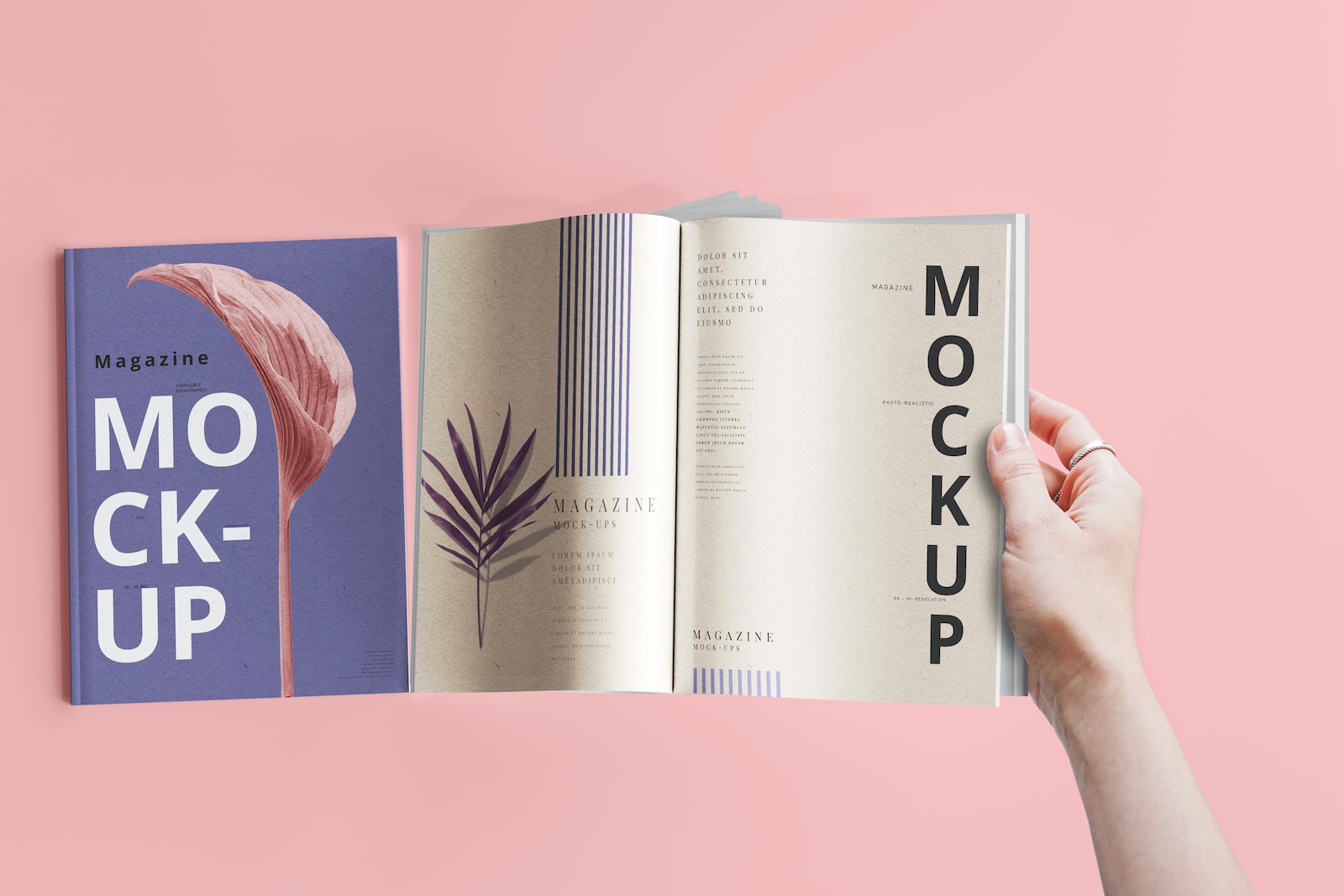Welcome to the enchanting world of ballet photography! In this blog post, we will delve into the techniques and strategies used to capture the grace, movement, and emotion of ballet dancers. Whether you are a professional photographer or simply an admirer of the art form, you will discover invaluable tips on lighting, timing, and special composition rules that will help you capture those mesmerizing moments. So, let us take you on a journey to explore the beauty and elegance of ballet dancers, right from the heart of the dance studio.
Table of Contents
- Capturing the Grace of Ballet Dancers
- Essential Equipment for Stunning Photography
- Capturing the Grace of Ballet Dancers
- Frequently Asked Questions
- 1. What equipment do I need for ballet photography?
- 2. What lighting setup works best for ballet photography?
- 3. How can I capture the emotion of ballet dancers in my photos?
- 4. Are there any special composition rules for ballet photography?
- 5. How can I capture the action and movement in ballet photography?
- 6. Where can I find inspiration for ballet photography?
- Wrap Up
Capturing the Grace of Ballet Dancers
Ballet dancers possess a unique blend of elegance, strength, and emotion that make them captivating subjects for photography. Capturing the essence of their movement and the grace of their form requires skill and technique. In this post, we will discuss the various photo techniques that can be employed to capture the beauty and emotion of ballet dancers.
Lighting
Lighting plays a crucial role in ballet photography as it sets the mood and brings attention to the intricate movements of the dancers. Soft, diffused lighting works best to create a natural and ethereal atmosphere. Avoid harsh, direct light that can cast unflattering shadows. Experiment with both natural light and artificial lighting to find the perfect balance.
When shooting indoors, using off-camera flash can enhance the depth and detail in the dancers’ movements. Position the flash at an angle to create dynamic lighting and to highlight the dancers’ lines and gestures. Additionally, using colored gels on the flash can add a touch of creativity and enhance the visual impact of the photographs.
Timing and Movement
In ballet photography, timing is everything. The perfect moment can only be captured by anticipating the movements of the dancers. Pay close attention to the choreography and become familiar with the routines to predict when the most powerful and expressive moments will occur.
Shooting in burst mode can be effective in capturing the fluidity and grace of ballet movements. By capturing a series of images in quick succession, you increase the chances of capturing the ideal pose or expression. This technique is particularly useful during fast-paced sequences or jumps, where the dancers are in continuous motion.
Emphasizing the sense of movement in ballet photography can be achieved through techniques such as panning. To pan, follow the dancer’s movement with your camera and use a slower shutter speed. This technique allows the dancer to remain sharp while the background blurs, creating a sense of dynamism and energy in the photographs.
Additionally, capturing the emotion during performances is crucial. A dancer’s face can reveal a multitude of emotions and telling stories through their expressions can bring depth and authenticity to your photographs. Be patient and observant, ready to capture those fleeting moments of vulnerability or intensity.
Finally, composition plays a significant role in capturing the grace of ballet dancers. Utilize the rule of thirds to create a visually appealing and balanced composition. Experimenting with different angles and perspectives can provide a fresh and unique approach to ballet photography. Consider capturing wide shots to showcase the full elegance of the dancers’ movements or opt for close-up shots to focus on the intricate details of their costumes and expressions.
To fully capture the grace of ballet dancers, the photographer must skillfully combine technical expertise with a keen eye for detail and emotion. By using the right lighting, timing, and composition techniques, you can create photographs that bring to life the beauty and artistry of ballet.
Did you know that ballet photography requires capturing the perfect moment when the dancer is suspended in the air, creating a sense of weightlessness and elegance? It's a true art form that requires precision, creativity, and an eye for detail.
Essential Equipment for Stunning Photography
When it comes to capturing the elegance, emotion, and movement of ballet dancers, having the right equipment is crucial. In this section, we will explore the essential camera, lenses, and other equipment that will help you achieve breathtaking ballet photography.
The Ideal Camera for Ballet Photography
To capture the grace of ballet dancers, a camera with good autofocus capabilities, burst mode, and high ISO performance is essential. These features enable you to freeze fast movements, capture intricate details, and work well in low light conditions. Additionally, a camera with a high-resolution sensor will allow for greater flexibility in post-processing.
There are various options available for ballet photography, depending on your budget and preferences. For instance, a full-frame DSLR offers exceptional image quality and low-light performance. It also allows for interchangeable lenses, giving you versatility in capturing different angles and perspectives. On the other hand, mirrorless cameras are compact, lightweight, and often provide advanced autofocus systems.
Ultimately, the camera you choose should suit your shooting style and provide the necessary features to capture stunning ballet photographs.
Must-Have Lenses for Ballet Photography
Choosing the right lenses for ballet photography is crucial in capturing the emotion and movement of dancers. Here are two essential options to consider:
- Telephoto Lens: A telephoto lens with a focal length between 70mm and 200mm is ideal for capturing ballet performances from a distance. It allows you to zoom in on individual dancers, highlighting their grace and expressions. This lens also provides a shallow depth of field, making the subject stand out against the background.
- Wide-Angle Lens: While a telephoto lens is great for capturing close-ups, a wide-angle lens (around 24mm to 35mm) is perfect for capturing the entire stage and the dancers’ movements. It adds depth to the composition and helps convey the grandeur of the performance. Additionally, a wide-angle lens is handy for capturing group shots and wide-angle choreography.
Remember, different lenses offer different creative opportunities, so consider your shooting style and the perspective you want to achieve when selecting your lens.
In addition to a camera and lenses, there are a few other equipment options that can enhance your ballet photography:
- A tripod for stabilizing your camera during longer exposures or to capture still moments.
- External flash or continuous lighting for controlling the lighting conditions and accentuating the dancers’ movements.
- A remote shutter release to prevent camera shake and capture precise moments without touching the camera.
By investing in the right camera, lenses, and additional equipment, you can elevate your ballet photography and capture the beauty and grace of dancers with utmost precision and artistry.
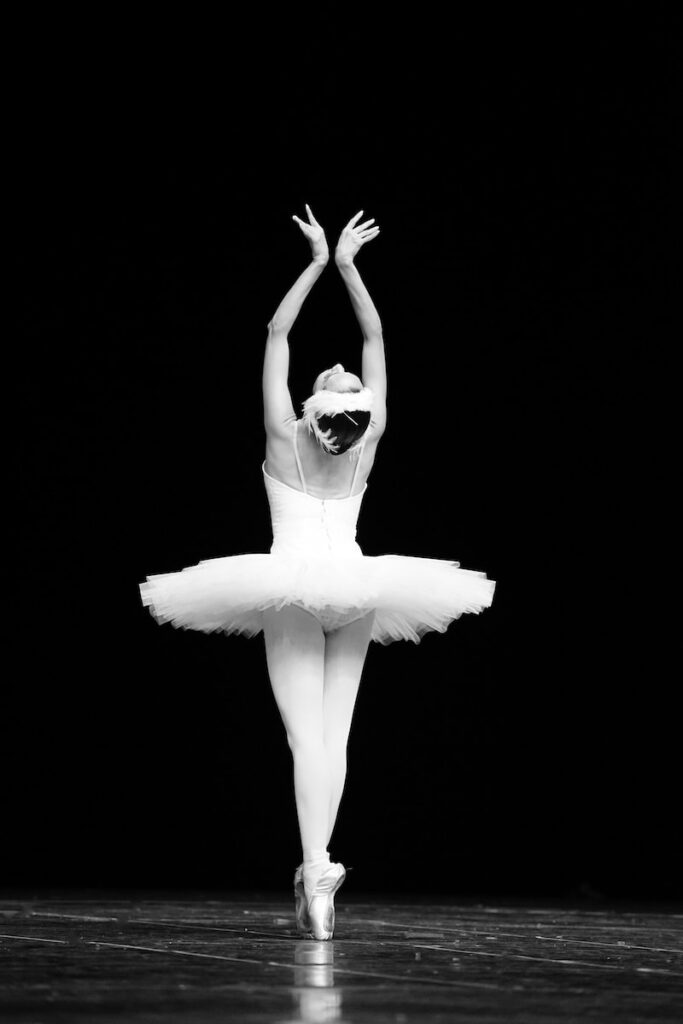
Capturing the Grace of Ballet Dancers
Ballet photography combines the beauty of dance with the art of capturing that grace and emotion in a still image. Whether you are a seasoned photographer or a ballet enthusiast looking to document the beauty of this art form, understanding the techniques and timing for ballet photography is essential. In this post, we will explore the best time of year to take ballet photos, as well as the ideal vantage points and positions for photographers to capture stunning images.
Ideal Vantage Points and Positions for Ballet Photography
When it comes to capturing the grace of ballet dancers, the vantage point and position of the photographer play a crucial role. Let’s explore some options:
- Front Row Center: Sitting front row center provides photographers with an up-close and personal view of the dancers. This position allows for intimate shots that capture the emotional expressions of the dancers, especially during poignant moments of the performance.
- Side Stage: Positioning yourself at the side stage offers a unique perspective on the dancers. From here, you can capture their movements and interaction with props, as well as the behind-the-scenes moments that happen during costume changes and transitions.
- Balcony: Shooting from a higher vantage point, such as a balcony, allows you to capture the entire stage, including the formations and intricate patterns created by the dancers. This position is perfect for capturing the grandeur of larger productions.
- Backstage: If given the opportunity, shooting from backstage can provide you with exclusive access to the dancers before and after their performances. This position offers the chance to capture behind-the-scenes moments, conveying the hard work, dedication, and emotions of the dancers.
Each of these vantage points and positions offers a unique perspective on ballet photography. Depending on the style of images you wish to capture, experimenting with different angles can result in truly extraordinary photographs that encapsulate the grace, movement, and emotion of ballet dancers.
Remember, timing is just as important as technique when it comes to ballet photography. Be prepared, study the dancers, anticipate their movements, and be ready to capture those fleeting moments that truly showcase the art and beauty of ballet.
With the right techniques, timing, and positioning, you can create stunning ballet photographs that tell a story and captivate viewers with the grace, emotion, and movement of the dancers. So, grab your camera, find the perfect vantage point, and let the beauty of ballet unfold through your lens.
When shooting ballet photography, use a fast shutter speed to freeze the dancers' movements and capture their grace in mid-air. This will result in sharp and detailed images that showcase their skill and beauty.
Frequently Asked Questions
1. What equipment do I need for ballet photography?
For ballet photography, it’s recommended to have a DSLR or mirrorless camera with a fast shutter speed, as dancers move quickly. A lens with a focal length between 50mm and 200mm will allow you to capture the dancers from a distance without compromising image quality. Additionally, having a tripod or monopod can help stabilize your shots.
2. What lighting setup works best for ballet photography?
In ballet photography, lighting plays a crucial role in setting the mood and capturing the dancers’ movements. It’s ideal to have a well-lit studio or location with natural light sources, like large windows. To emphasize the dancers’ grace and form, use soft lighting techniques, such as diffused light or using softboxes and reflectors. This helps to reduce harsh shadows and create a more ethereal look.
3. How can I capture the emotion of ballet dancers in my photos?
To capture the emotion of ballet dancers, it’s important to study their movements and anticipate moments of intense expression. Pay attention to their facial expressions, body language, and the energy they convey through their movements. Timing is crucial as emotions can change rapidly during a performance. Be patient and ready to capture those fleeting moments that reveal the deep emotion within the dancers.
4. Are there any special composition rules for ballet photography?
While there aren’t any strict rules, certain composition techniques can enhance ballet photography. Consider using the rule of thirds to create a balanced composition and draw attention to the dancers. Experiment with different angles and perspectives to capture dynamic movements. Additionally, negative space can be used to emphasize the elegance and grace of the dancers.
5. How can I capture the action and movement in ballet photography?
To capture the action and movement in ballet photography, use a fast shutter speed to freeze the dancers’ movements. Try different techniques like panning or capturing motion blur to convey a sense of dynamism. It’s also important to focus on the dancers’ feet and hands, as they often communicate the energy and precision of the performance.
6. Where can I find inspiration for ballet photography?
Seeking inspiration is essential to improve your ballet photography skills. Explore photography books, websites, and social media accounts dedicated to ballet and dance photography. Attend live performances to observe the dancers in action and study their movements. Don’t forget to experiment and add your own artistic touch to your photos.
Wrap Up
Capturing the grace of ballet dancers is a beautiful and rewarding endeavor. By implementing the right techniques, such as utilizing proper lighting, perfect timing, and adhering to special composition rules, you can capture the raw emotion and movement in your ballet photography. Remember to be patient and observant, allowing the dancers to express themselves fully. Through practice and experimentation, you will continuously improve your skills and create stunning images.
We hope this post has provided you with valuable insights and inspiration. We would love to hear about your experiences with ballet photography and any tips you would like to share. Please leave a comment below and let us know your thoughts!
